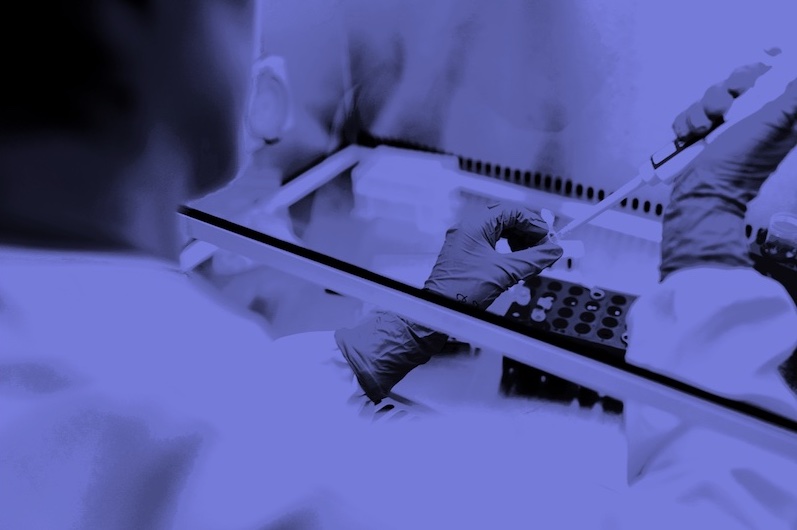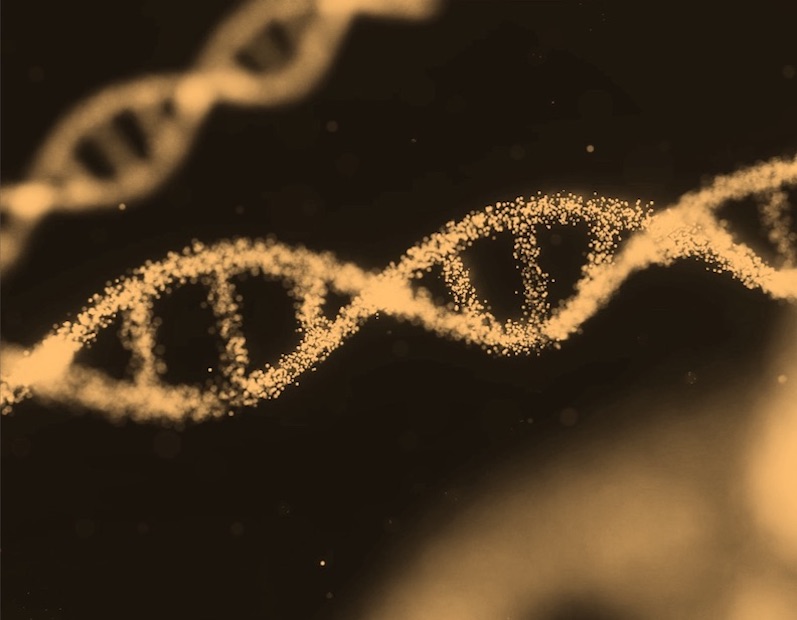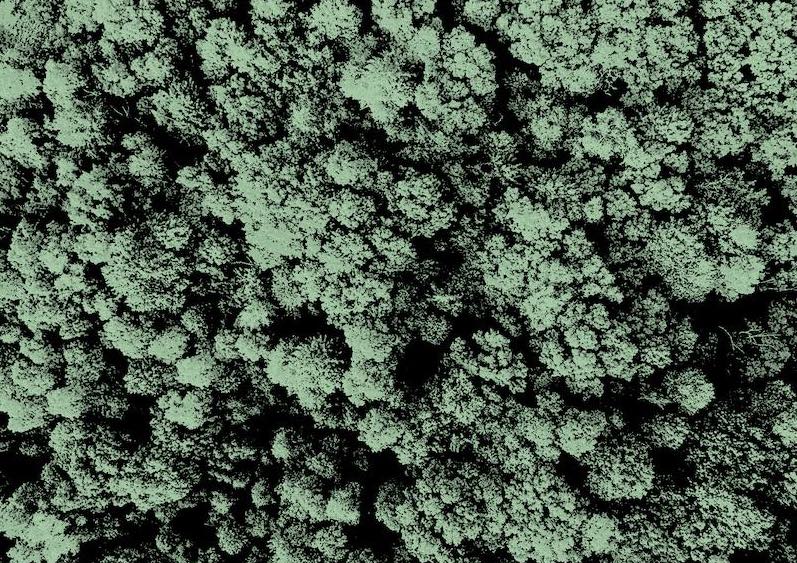What is it about?
Human immunodeficiency virus (HIV) is one of the leading causes of death worldwide, with African countries being the worst affected by this deadly virus. Curcumin (CUR) is a Curcuma longa-derived polyphenol that has attracted the attention of researchers due to its antimicrobial, anti-inflammatory, antioxidant, immunomodulatory and antiviral effects.
Featured Image

Photo by Min Ling on Unsplash
Why is it important?
CUR also demonstrates anti-HIV effects by acting as a possible inhibitor of gp120 binding, integrase, protease, and topoisomerase II activities, besides also exerting a protective action against HIV-associated diseases.
Perspectives

Nanoformulations have been shown to be useful to enhance curcumin’s bioavailability and its effectiveness as an anti-HIV agent. In this sense, bioactive effects of CUR in HIV infection are carefully reviewed, along with the most effective isolation techniques and type of nanoformulations available.
habilitated doctor, chemist Monica BUTNARIU
University of Life Sciences "King Mihai I" from Timisoara
Read the Original
This page is a summary of: Bioactive Effects of Curcumin in Human Immunodeficiency Virus Infection Along with the Most Effective Isolation Techniques and Type of Nanoformulations, International Journal of Nanomedicine, August 2022, Taylor & Francis,
DOI: 10.2147/ijn.s364501.
You can read the full text:
Resources
Contributors
The following have contributed to this page







